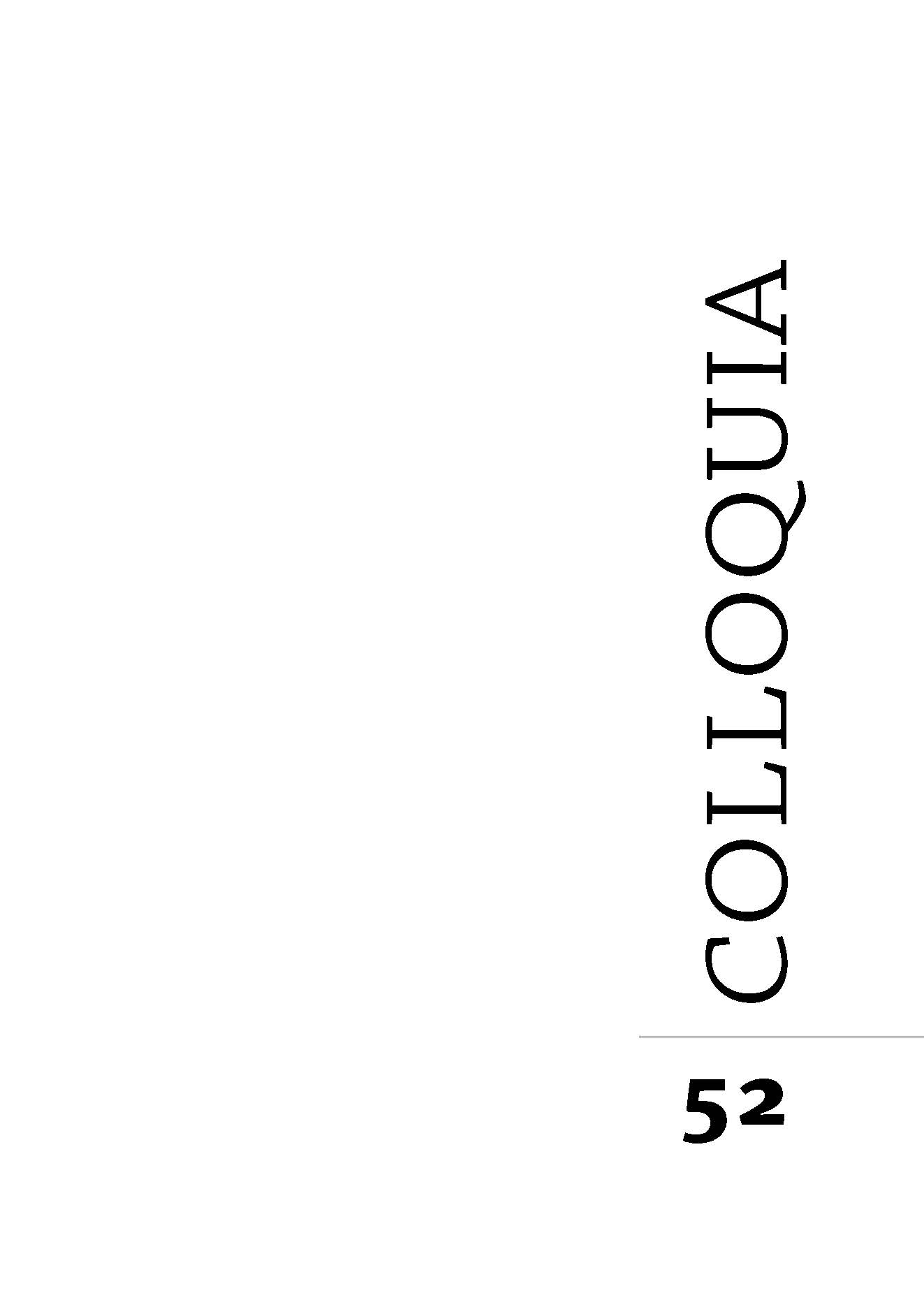Foreword
Abstract
The 52nd issue offers a very wide range of perspectives and topics. The section of articles begins with Brigita Daugėlaitė’s important research on the surveillance of Kazys Boruta during the Soviet era, presenting new archival material. Based on the two-volume (a total of 447 and 511 pages respectively) Boruta’s operational surveillance file in the Lithuanian Special Archives, the author of the article reveals in detail how and why Boruta was followed, and what impact this had on the writer’s personal and creative life.
Manfredas Žvirgždas’s article explores the recently published diary of Vincas Mykolaitis-Putinas, written in 1938–1945, and the city of Vilnius that is depicted in it. The writer welcomed the liberation of the capital in 1939 with great enthusiasm, and in the following years, 1940–1944, he was concerned with strengthening the position of Lithuanian culture and science in the city, often balancing between cultural resistance and conformity.
Gintarė Bernotienė’s article offers an unexpected juxtaposition of works: she compares W.G. Sebald’s sophisticated novel Austerlitz with the memoirs of Lithuanian exiles and examines the different depictions of the processes of memory of trauma survivors and their complicated relationship to place, conveyed by the landscape and architecture. The author of the article highlights the metaphor of the abyss, which depicts the irretrievability of the past as presented in the novel and which recurs in the memoirs of the exiles as an image of a social abyss.
Jurgita Žana Raškevičiūtė talks in detail about the history of the formation, attempted publication and disassembling of Juozas Tumas-Vaižgantas’s autobiographical piece Aukštaičių vaizdeliai. Summarizing her research, the researcher assumes that Tumas, in creating the Aukštaičių vaizdeliai, instead of writing the autobiography of a writer, a literary figure or a priest, wrote a regional autobiography of a person.
The articles by Agnė Cesiulė and Ieva Šakelaitė, both based on a feminist critical approach, conclude the section. Cesiulė reveals an unexplored area of the life of women writers in independent Lithuania, the literary evenings of 1930–1938, highlighting the necessity for women involved in literature to show solidarity in pursuit of a common goal—to consolidate the status of women as writers. Šakelaitė discusses from a contemporary perspective the readings of poetesses at the Žemaitė monument in Vilnius during the literary event, the Poetry Spring Festival, treating the readings, as in the case of Cesiulė, as a unifying act and as an opportunity to question existing power relations.
In the publication section of this issue, Giedrė Šmitienė tells an interesting story about the friendship between Janina Degutytė and Bronė Jacevičiūtė-Jėčiūtė, based on the surviving letters, and highlighting the intertextual links with Degutytė’s poems and Jacevičiūtė-Jėčiūtė’s paintings of the time.
The discussion section presents a conversation about the idea of a democratic, mindful and critical society, which was of particular concern to Vytautas Kubilius, and which was expressed in his rather extensive articles related to the restoration of Lithuania’s independence. The conversation, which included well-known politicians, historians, and literary scholars, was prompted by the bibliographical index of Kubilius writings, Vytautas Kubilius. Bibliographical List of Works 1988–2004, prepared and published by the Martynas Mažvydas National Library of Lithuania. The speech of Neringa Butnoriūtė, this year’s Vytautas Kubilius Prize laureate, continues the conversation about Kubilius’s commitment to society. Her text, which emphasizes the critics’ efforts to maintain the pulse of critical discourse, appears in the section “Domino of Opinions.”
In the context of the never-ending changes in the Lithuanian language and literature curricula of high schools, the thoughts of Regina Kuzmaitė-Norkevičienė, a scholar, who specializes in literature didactics, on school curricula, the inevitable maneuvering during the Soviet era, and the obligatory knowledge of the specifics are particularly relevant. She is interviewed by Saulius Vasiliauskas.
In the review section, Rita Tūtlytė writes about the recently published collection of critical essays by Marijus Šidlauskas, In the Footsteps of the Left-Handed Centaur, highlighting the book’s value and the author’s courage to speak in accordance with conscience. Gitana Vanagaitė discusses the diary of the artist and public figure Vytautas Osvaldas Virkau written in 1944–1952 (compiled by Dalia Kuizinienė). Aistė Lazauskienė reviews the monograph by historian Mindaugas Balkus, How Kovno Became Kaunas. Making the City Lithuanian, 1918–1940.

This work is licensed under a Creative Commons Attribution 4.0 International License.
Downloads
Most read articles in this journal
- Gitana Vanagaitė, Romantic Idealism and Nationalism—Two Important Components of Juozas Tumas-Vaižgantas’s Worldview , Colloquia: Vol. 44 (2020)
- Gitana Vanagaitė, Foreword , Colloquia: Vol. 49 (2022)
- Gitana Vanagaitė, Editorial Board and Table of Contents , Colloquia: Vol. 52 (2023): Colloquia
- Gitana Vanagaitė, We Could Learn a Thing or Two from Foreign Publishers: A Conversation About the Dissemination of Humanities Publications , Colloquia: Vol. 42 (2019)
- Gitana Vanagaitė, Author Guidelines and Bibliographical Data , Colloquia: Vol. 50 (2022): Colloquia
- Aistė Kučinskienė, Viktorija Šeina, Gitana Vanagaitė, Foreword , Colloquia: Vol. 53 (2024): Colloquia
- Gitana Vanagaitė, Contributors to this volume , Colloquia: Vol. 52 (2023): Colloquia
- Gitana Vanagaitė, Foreword , Colloquia: Vol. 47 (2021)
- Gitana Vanagaitė, Editorial Board and Table of Contents , Colloquia: Vol. 50 (2022): Colloquia
- Gitana Vanagaitė, Foreword , Colloquia: Vol. 43 (2019)




